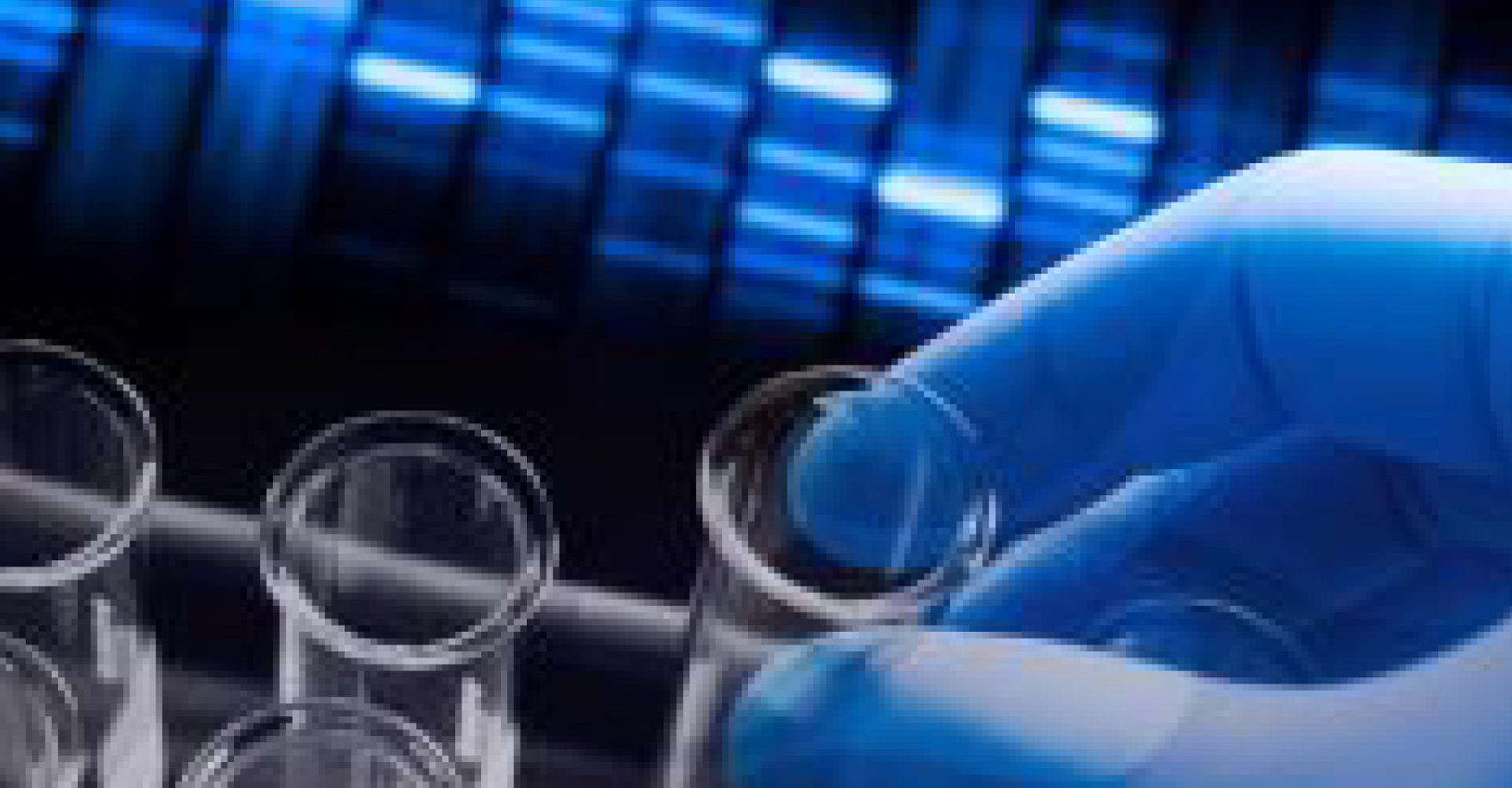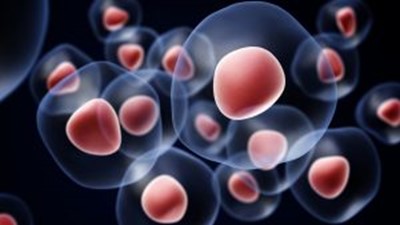
NEWS > What we mean by Orthopedic Regenerative Medicine, Prp, Stem Cells, Prolotherapy
What we mean by Orthopedic Regenerative Medicine, Prp, Stem Cells, Prolotherapy
Posted by Raffaello Riccio in Achilleo, minimally invasive surgery, Plantar Fasciitis, Prolotherapy, Tallonitis, Tendinitis, Tendinosis18 Apr2018
Some tissues of our body, once damaged by trauma or more often by the aging process linked to the passing of the years, are unable to self-heal and regenerate as most of our tissues do.
If we think of our skin after a cut, or our bones after a fracture, our body is very efficient at repairing these kinds of damage. However, when it comes to tissues such as cartilage or tendons (to remain in the orthopedic field) our body is unable to repair the damage, and in this way an image of the disease is established, with all the functional consequences that we know well.
Historically, Orthopedics has been concerned above all with repairing these damages with surgery, often with good results, and by controlling the symptoms (especially pain) with various treatments. Hardly any attempts have been made to support and encourage the healing process.
In recent years, studies have instead focused and oriented above all towards those techniques that can stimulate the regeneration process of damaged tissues. In fact, there are cells in our body that have the ability to regenerate rather than heal. To understand this, it is essential to have a clear understanding of the concept of cellular “differentiation”: the more a cell acquires specific characteristics, which make it “ideal” for a certain function, the more it loses its ability to regenerate.
Our cells at the moment of fertilization are capable of generating a whole organism, that is, they can differentiate into anything! With the growth of the organism, the cells gradually acquire more and more particular characteristics and specific functions, organizing themselves into different tissues, but gradually losing the ability to transform into anything (totipotent cells). Getting to the adult organism, in every tissue there are cells capable of going back in this process of “specialization” and returning to the condition of “totipotent cells”, and this occurs every time our body needs it, for example after a trauma, to start a process of healing from damage !!
Orthopedic Regenerative Medicine studies these biological mechanisms trying to identify cells capable of activating a regenerative process, that is, a regeneration of damaged tissues. Now let’s see how these concepts can be applied in practical terms to orthopedic problems, in particular of the foot and ankle.
PRP or platelet gel (or platelet factor concentrate) was one of the first attempts in this field. It is a gelatinous preparation obtained from the centrifugation and filtration of a small amount of blood taken from the patient himself, in which a series of substances contained in the platelets (blood cells) are concentrated, and thus theoretically able to stimulate a regenerative process. The preparation is generally injected in correspondence of tendons affected by a tendinosic degenerative process (for example Achilles tendon and plantar fascia for the foot) or in joints that present a picture of arthrosis, with more or less important cartilage damage. Sometimes PRP can be used during surgery, for example to help consolidate a fracture, or help repair a tendon.
The effectiveness of PRP is supported by a large number of scientific works, but its ability to stimulate the regeneration of damaged tissues is not yet clearly demonstrated. Instead, its anti-inflammatory potential has been clarified, especially in the case of intra-articular infiltrations, while the real regenerative potential initially attributed to it has been greatly reduced. The fairly common idea today is that these are parts of cells injected into a pathological tissue that exert a short-lasting anti-inflammatory and restorative stimulus.
It should be remembered that this is a treatment that involves the manipulation of blood and that therefore in Italy it is strictly regulated and must be performed in centers authorized by the competent transfusion center.
Stem Cells from the bone marrow are obtained from a sample taken from the iliac crest (a part of the pelvis). It is a minimally invasive and not very painful standardized procedure, but which must in any case be performed in the operating room with an anesthesia. It is often used in association with other surgical procedings and allows to obtain cells with a much higher regenerative capacity than PRP. This regenerative power would decrease with the age of the patient, but there is currently controversial data in the literature on this aspect.

Stem Cells from adipose tissue (fat) are obtained by taking adipose tissue, generally at the level of the abdomen, in a manner similar to that of liposuction. A suitable quantity of fat is sucked through small holes and special cannulas, which is then adequately treated in order to obtain cells with a high regenerative potential. Of course, it is not the adipose (fat) tissue cells that have this regenerative capacity, but rather the cells located close to the blood vessels in our adipose tissue.
The regenerative power of these cells obtained from fat appears very high, and the processing methods of the obtained tissue, thanks to special kits (of Italian patent), allow to obtain more vital cells and with a greater regenerative potential, certainly much higher than that of the PRP.
Another favorable aspect of this method is the mini-invasiveness, as it can be performed under local anesthesia in Day-Surgery. Furthermore, the aging process does not seem to influence and reduce the regenerative capacity of the cells obtained.
Prolotherapy rightfully enters the chapter of the techniques of Regenerative Orthopedic Medicine, despite being a method that comes from afar. It is a method that has its origins in the half of the last century, but which in recent years has been perfected and spread especially in the United States.
Prolotherapy is a tissue regenerative technique that consists in injecting, through needles as thin as hair, in correspondence with suffering or damaged tendons or ligaments, or joints in arthritic degeneration, a simple solution of glucose (a type of sugar). The slight local inflammatory response caused by the injection of glucose encourages the growth of new ligament and tendon fibers, resulting in a strengthening of the weakened and damaged structures. In this way, a local regenerative process of self-healing is stimulated, and leads to the disappearance of symptoms within a few weeks.
Here is the link to find out more http://www.raffaelloriccio-foot-surgery.com/come-guarire-la-fascite-plantare-la-proloterapia/

